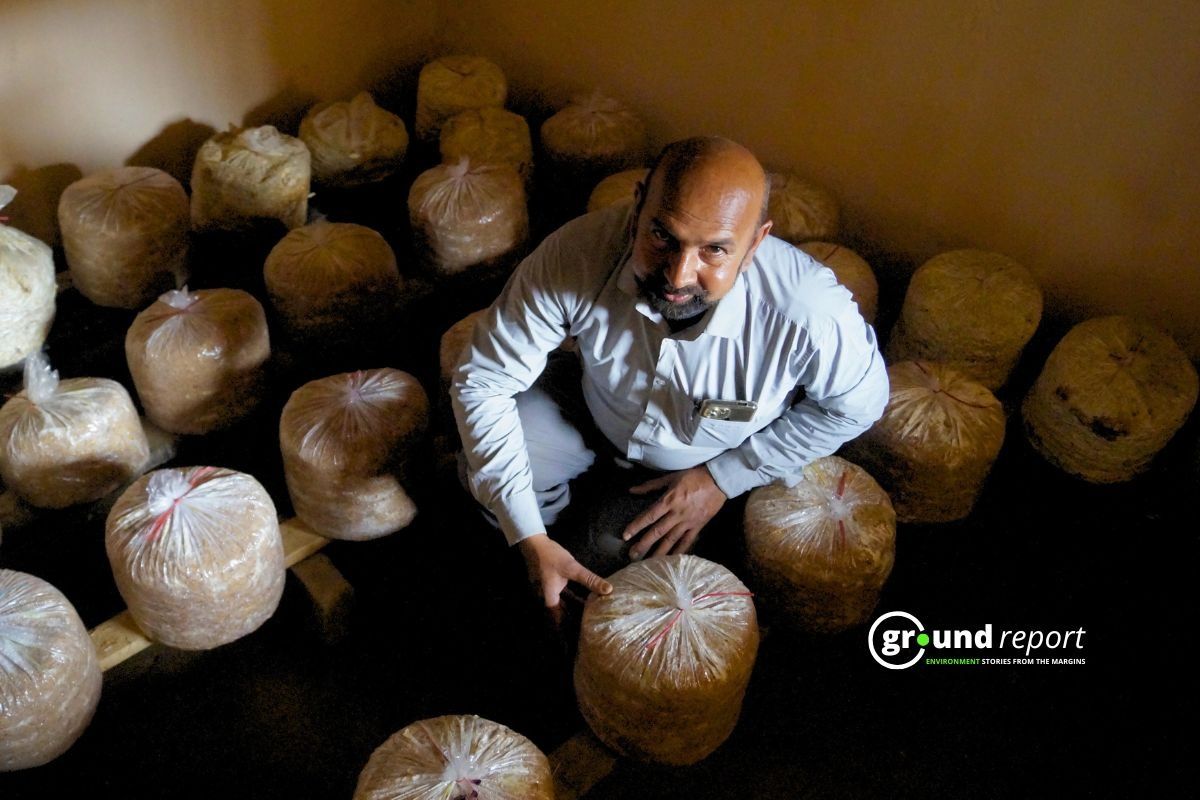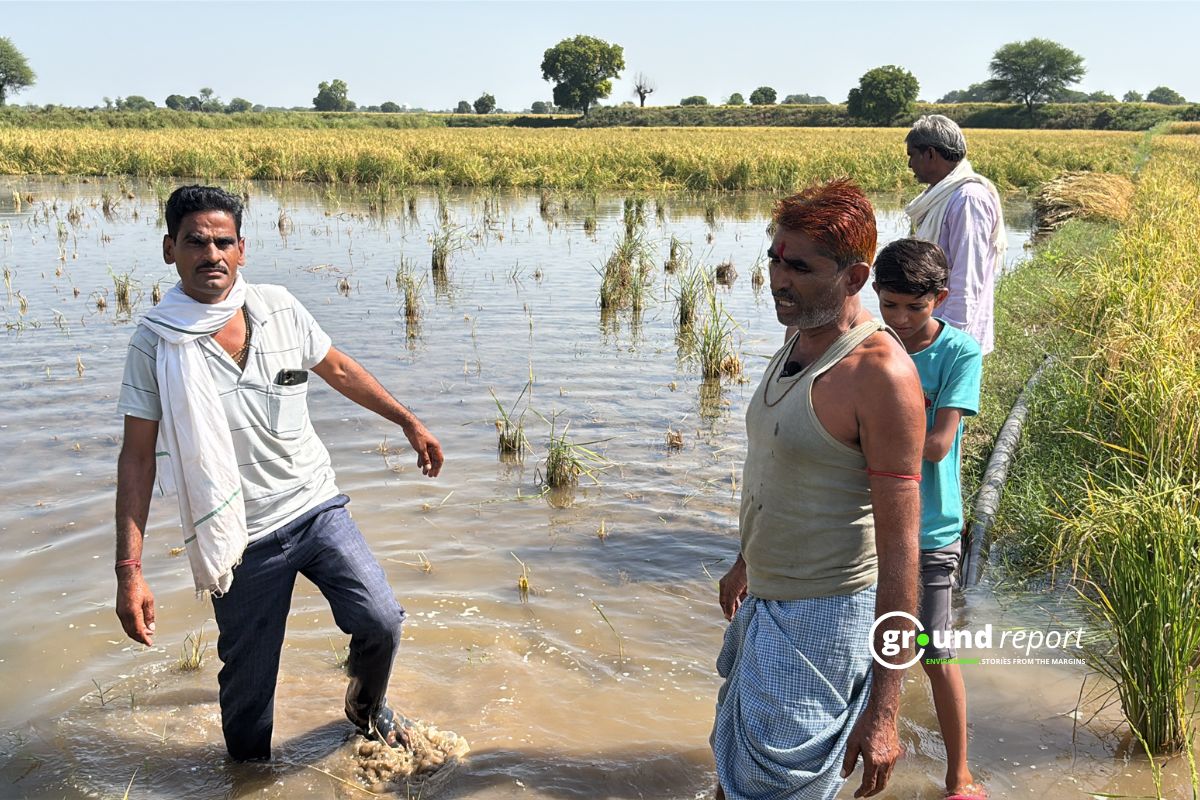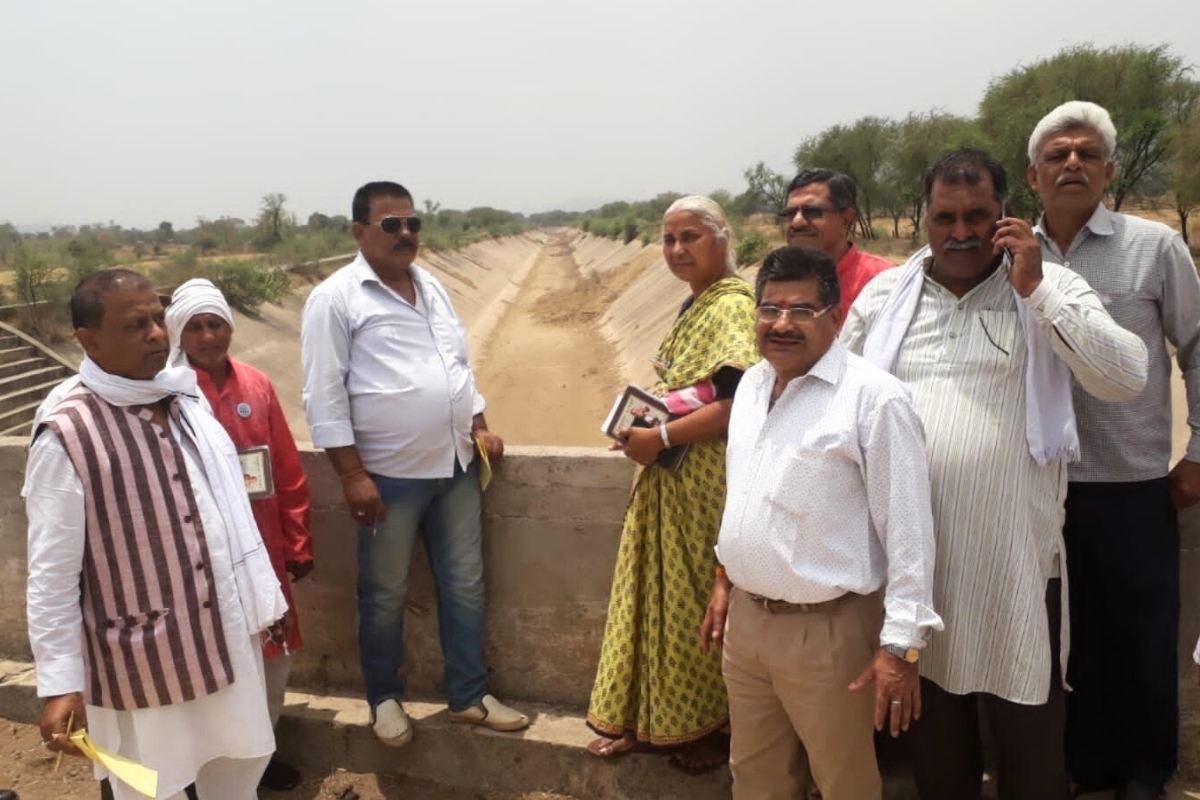The soybean area in MP increased by 1.7% in 2023-2024 compared to 2022-23, rising from 5975 thousand hectares last year to 6679 hectares in 2023-24.
According to the first advance estimates 2023-24, the Government of India’s soybean crop is expected to be 115.28 lakh tonnes, down from 149.85 lakh tonnes in 2022-23. Madhya Pradesh is the state with the most soybean output, with 45.97 lakh tonnes, followed by Maharashtra (45.74 lakh tonnes), Rajasthan (10.69 lakh tonnes), Karnataka (4.73 lakh tonnes), Gujarat (4.23 lakh tonnes), and Telangana (2.90 lakh tonnes).
As of September 29, 2023, the area under soybean in India was 125.61 lakh hectares in 2023-24, compared to 124.79 lakh hectares in 2022. Madhya Pradesh led the states with 53.35 lakh ha, followed by Maharashtra (50.72 lakh ha), Rajasthan (11.44 lakh ha), Karnataka (4.11 lakh ha), Gujarat (2.66 lakh ha), and Telangana (1.89 lakh ha).
Madhya Pradesh trailed Maharashtra
Madhya Pradesh was second to Maharashtra due to a drop in soybean production during the last two years. In 2022–23, Maharashtra led the way with 5.47 million tonnes, accounting for 42.12% of the country’s total soybean production, followed by Madhya Pradesh with 5.39 million tonnes. The contribution to the country’s total soybean production was 41.50 per cent.
The soybean area in MP increased by 1.7% in 2023-2024 compared to 2022-23, rising from 5975 thousand hectares last year to 6679 hectares in 2023-24. The expansion of soybean cultivation has also resulted in increased production. Last year, soybean production rose from 6332 thousand metric tonnes in 2022-23 to 6675 thousand metric tonnes in 2023-24.
Farmers still face difficulty
A study was conducted in three Madhya Pradesh districts: Indore, Dewas, and Dhar— situated in the Nimar Plateau and Malwa. Most farmers reported that the monsoon pattern has changed both in terms of when it arrived and its movement during the crop season. Ground Report has earlier reported on the climate change and pest attacks on soybean crops in Madhya Pradesh. According to the Madhya Pradesh Agricultural Department, there was a 40% increase in pest attacks, including the soybean pod borer and leaf spot diseases, in 2023 compared to the previous year.
Keep Reading
Indian agriculture household earns just Rs. 10,218 in a month: Govt
Post-harvest losses still high, reveals data shared in Lok Sabha
Support us to keep independent environmental journalism alive in India.
Follow Ground Report on X, Instagram and Facebook for environmental and underreported stories from the margins. Give us feedback on our email id greport2018@gmail.com.
Don’t forget to Subscribe to our weekly newsletter, Join our community on WhatsApp, Follow our Youtube Channel for video stories.









